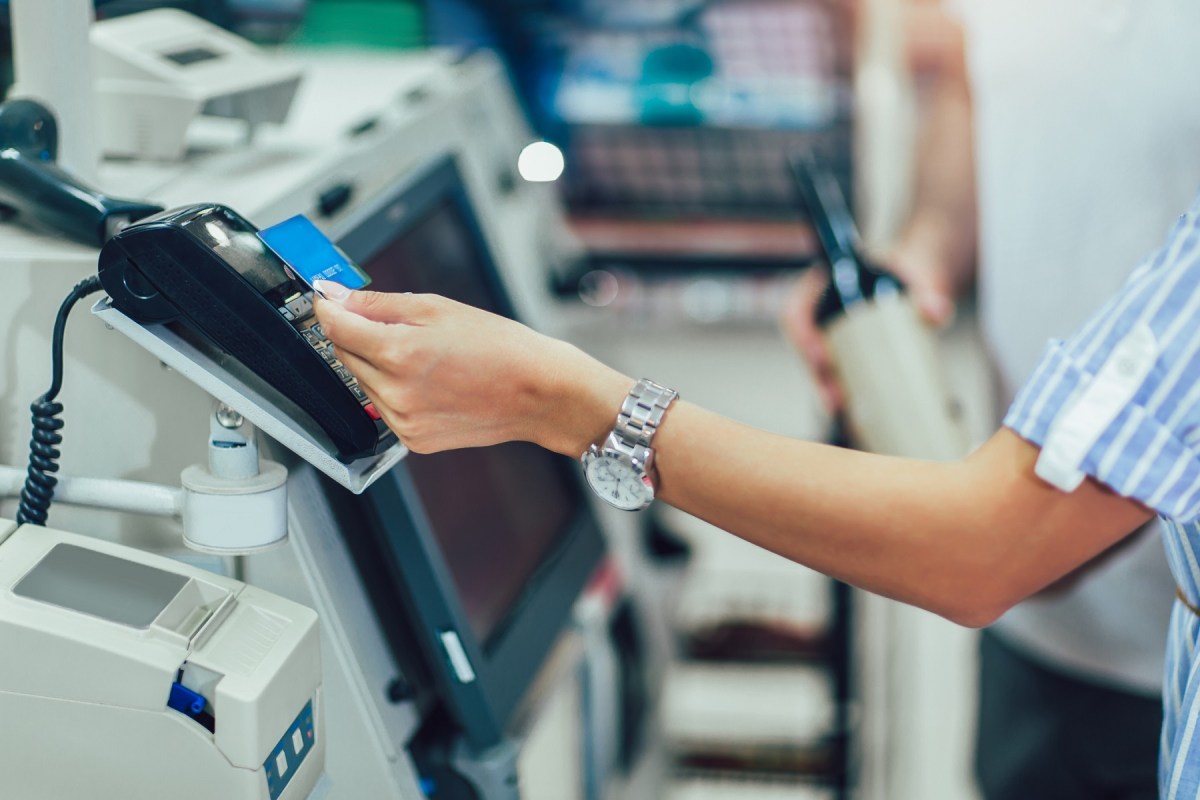A select number of Woolworths supermarkets across Australia have transitioned to being completely digital as many consumers limit face-to-face contact and the number of surfaces they interact with.
According to Worldpay from FIS Asia Pacific general manager for global ecommerce, Phil Pomford the move from Woolworths is hardly surprising with the pandemic simply accelerating a trend that has been long coming.
“COVID-19 has impacted every corner of the globe, forcing all industries to rethink the traditional conventions which for decades have remained unchanged. As Australians become more conscious of their hygiene and cleanliness and a more socially distant culture has become embedded in everyday life, we have seen businesses large and small, begin to forgo cash and coin in favour of swifter – and arguably safer – contactless payment options,” Pomford told Retailbiz.
The 2020 Worldpay from FIS Global Payments Report revealed that less than 5% – or 1 in 20 Australian consumers – were set to use cash at the point of sale by 2023, before the pandemic hit.
“Nowadays, consumers are much more comfortable and accustomed to making payments digitally. With their unrivalled flexibility, ease, convenience and efficiency, alternative payment options such as mobile and digital wallets including Apple Pay and Google Pay, now account for nearly a quarter (22%) of all ecommerce transactions, up by 4% over 2018.”
Pomford said it is essential for retailers to stay on top of new and emerging payment methods to appeal to an increasingly digital-savvy consumer, suggesting that catering to their preferred way to pay is non-negotiable.
“Merchants across the country should be taking a leaf out of Woolworth’s book and continuing to transition to a more digitally versatile payment offering. With Australia’s ecommerce market forecasted to expand by more than 40% to more than US$47 billion by 2023, the time for technological innovation, both at the point-of-sale and the online checkout, is now,” he concluded.

